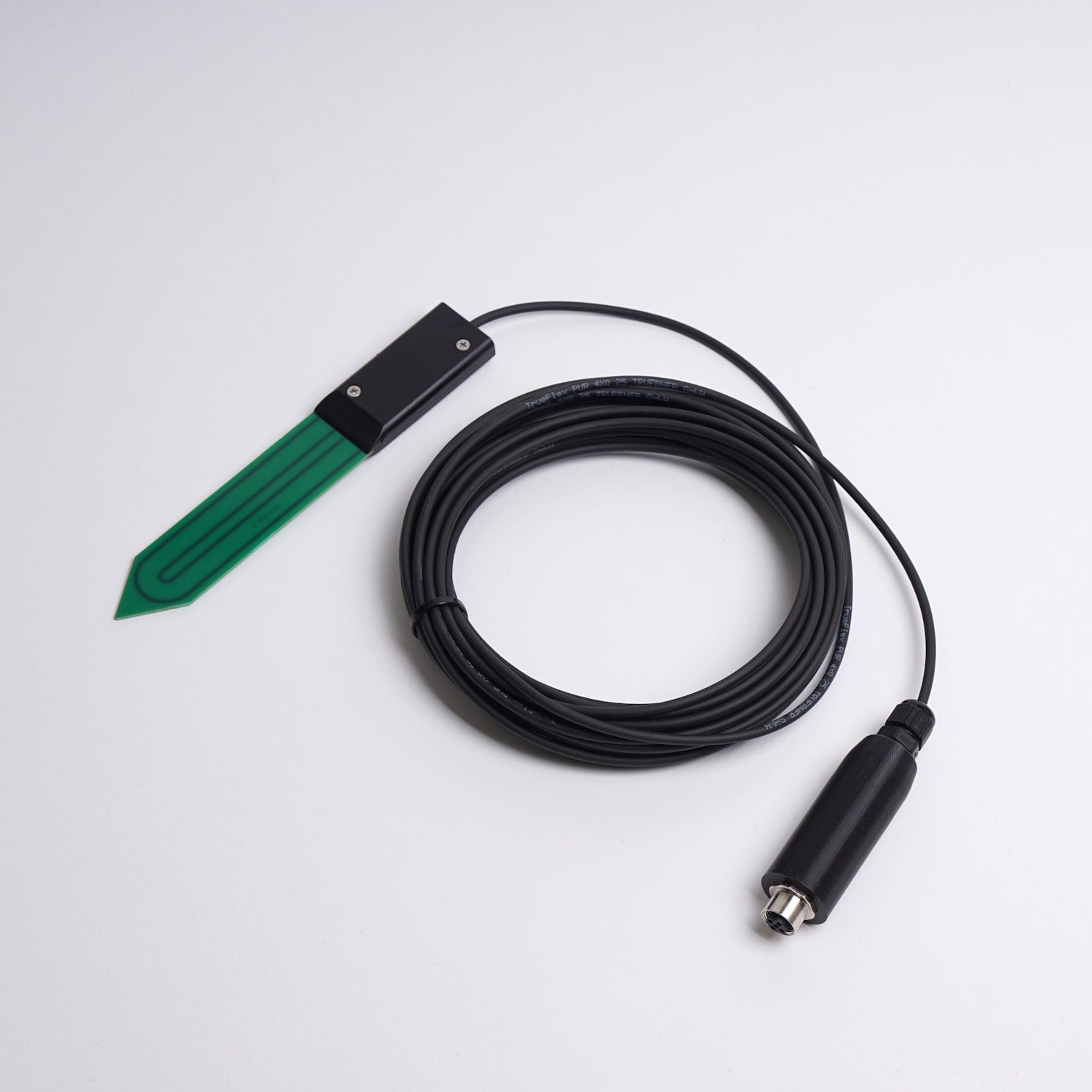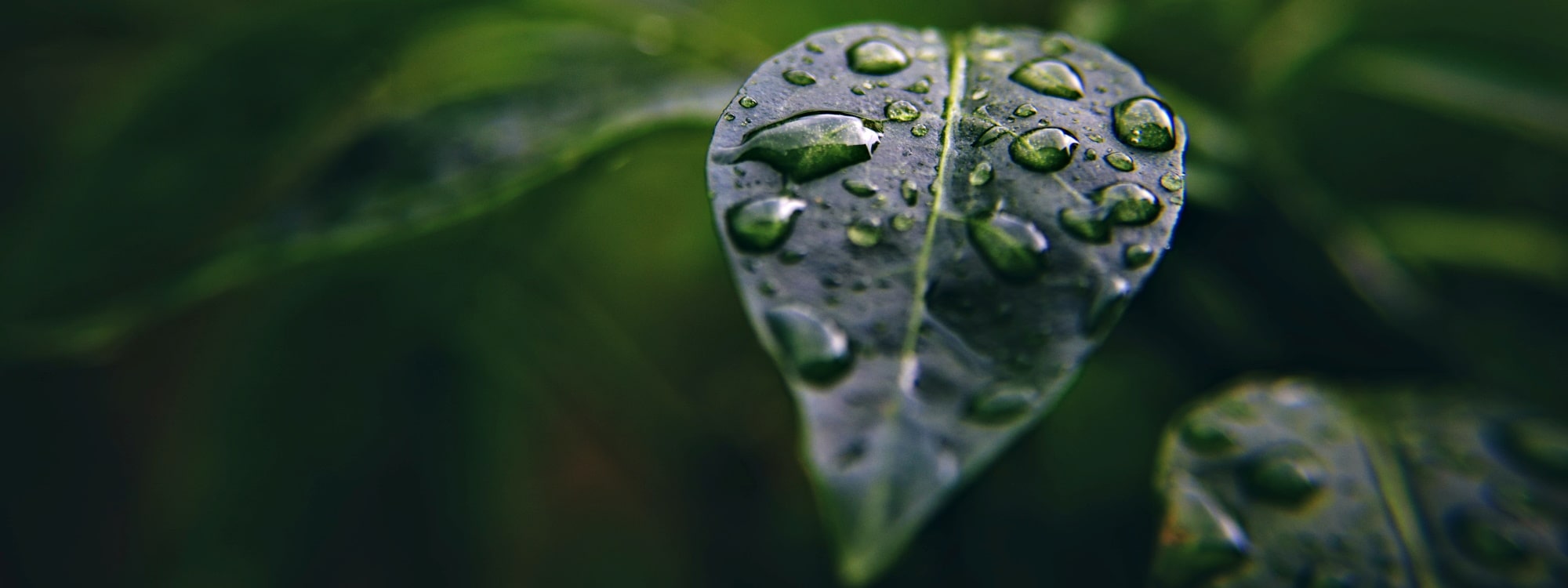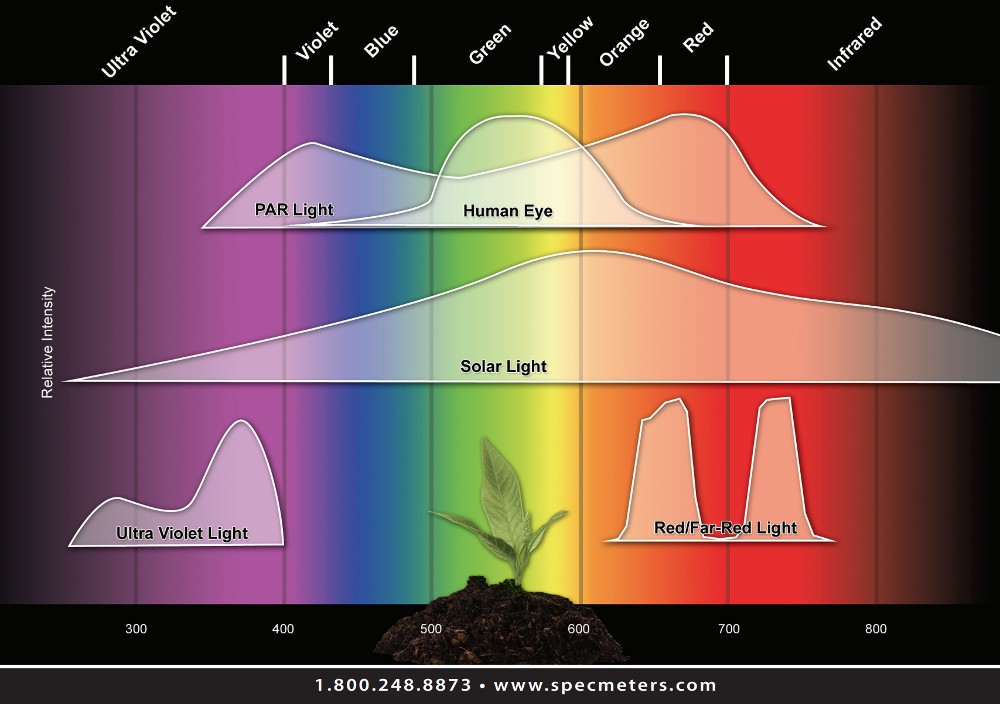Green Wall Monitoring: Why your vertical garden needs smart garden sensors
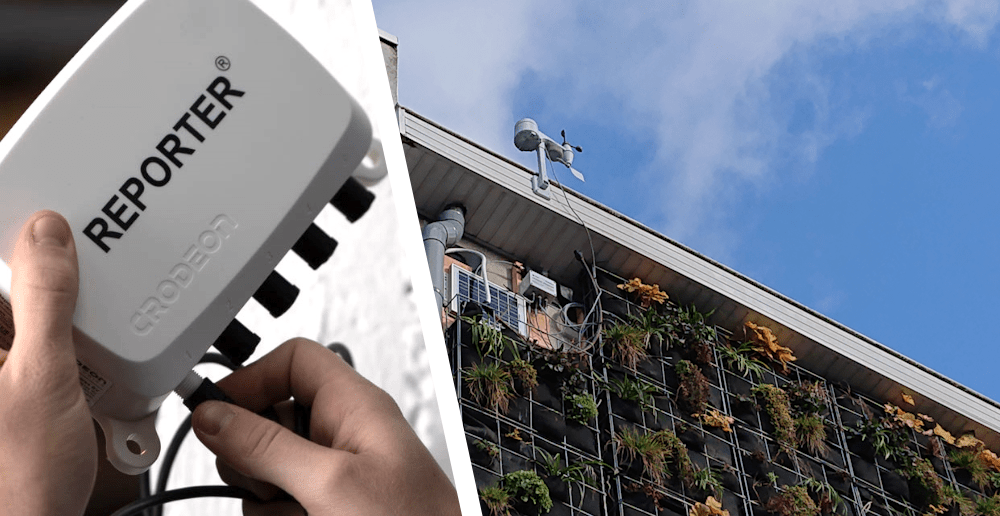
Plants need care, especially when they're mounted vertically to your wall. Green walls are at a higher risk of drought as the plants' root networks are unable to root deeply into the soil. To keep your green wall flourishing all year long, you'll need a remote monitoring system to keep an eye on several parameters.
This blog will explain what parameters are important to track in your green wall, and how a remote monitoring system with plant monitor sensors can help you realise this.
Why green wall monitoring is crucial
A green wall or vertical garden, is a structure that holds plants, mounted vertically to a building. Naturally occurring water such as rain often cannot reach the vertical garden as gutters or other parts of the building block rain from reaching the facade.
The plants (often herbaceous) are frequently planted into trays or hanging baskets. As herbaceous plants are not as drought tolerant as succulents (often used in green roofs), they need to be watered regularly. When it comes to vertical greenery, this means that they need to be irrigated using an irrigation system. The plants rely heavily on this for their water needs, as gravity makes retaining water in such vertical structures more difficult. When the plants suffer from water shortages for too long, they will often shrivel up and die.
Other factors besides water are interesting to monitor in your green wall to keep an eye on your surroundings as well as the health of the vegetation itself. Easy vertical garden monitoring can be achieved by using IoT plant sensors.
Parameters to monitor in a vertical garden
Many factors can benefit a plant's health, promote growth, …or seal its fate. The plants on the other hand can also improve their surroundings by converting CO2 (carbon dioxide) into O2 (oxygen) or lowering surface temperature. The following parameters might be interesting to monitor in your green wall.
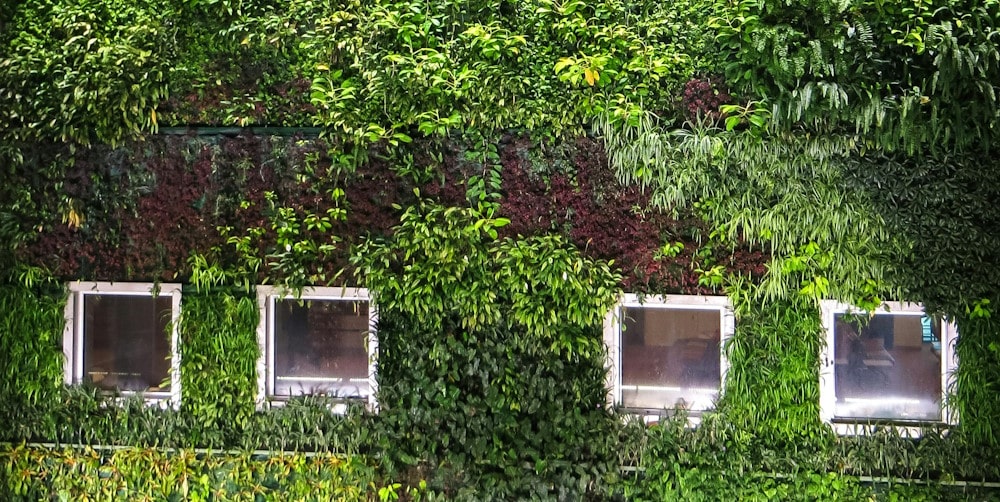
Soil Moisture
Soil moisture is probably the most important parameter to monitor when it comes to vertical vegetative installations such as green walls. As the plant roots fight with gravity to retain water, soil moisture monitoring is paramount. A plant water monitor such as a soil moisture sensor, keeps an eye on the amount of water present in the green wall's substrate. This moisture monitor for plants will let you know when the plants require irrigation to keep them happy and healthy.
An IoT soil moisture sensor communicates with a sensor device to give updates about the amount of water available to the plants. It can even communicate with an irrigation system to start watering the plants, either through a relay output module or by using an API.
A plant watering sensor is a great way to protect your vertical greenery against wilting.
Pressure
Irrigation systems keep your green wall alive, but what happens if the system fails? A pipe may burst, leak, or get blocked. Consequently, your vegetation will pay the price. An IoT pressure sensor will measure and monitor pressure on your pipes in real-time, letting you know if the pressure drops or rises beyond desired thresholds.
Relative Humidity (RH)
Relative humidity is determined by how much water air of a certain temperature can hold. It is expressed in percentage. The warmer the temperature, the more water the air can hold. When the temperature drops, less water can be held, resulting in condensation when the dew point is reached.
Measuring RH in your vertical garden using a moisture sensor for plants can give you a better understanding of the amount of water your plants evaporate and how this affects the surrounding environment. When you choose to measure RH in a similar location, without a green wall, you'll be able to see the difference the green wall makes when it comes to the local microclimate.
Some plants thrive in humid environments (tropical plants), while bugs like spider mites tend to dislike high humidity. This can be a reason to try and keep RH high within your vegetation to keep your plants healthy. On the other hand, some plants hate a higher RH as it increases their chance of getting mildew infections.
You'll want to keep your environment optimal for your plant. As this environment differs per plant, it's important to keep an eye on the humidity through plant smart sensors and adjust it to suit your vegetation.
Leaf Wetness
A leaf wetness sensor is a plant monitor sensor that tracks the surface moisture on leaves. It can help warn you about an increased risk for fungal and bacterial diseases due to prolonged exposure to leaf wetness.
Temperature
Temperature affects plants as much as it affects us. After a hot day with lots of water evaporation, a plant will need to rehydrate, preferably at night. A temperature sensor will measure and log the temperature in your green wall. This can help you determine if it's necessary to irrigate your plants more than you usually would.
On the other hand, on a hot summer's day, the vertical greenery itself will greatly affect the surrounding microclimate due to the evaporation of water. Logging temperature can help you understand just how much of a cooling effect the vegetation has on the interior temperature of the building it's mounted on.
Freezing harsh winds will also be broken by the vegetation, as the cold does not directly come into contact with the building's walls. Especially harsh winter nights might damage plants. A garden sensor can help you stay up to date about just how cold it actually got.
Integrating (IoT) plant sensors into your vertical garden will give you a better insight into the effect of the vegetation and the conditions the plants have faced.
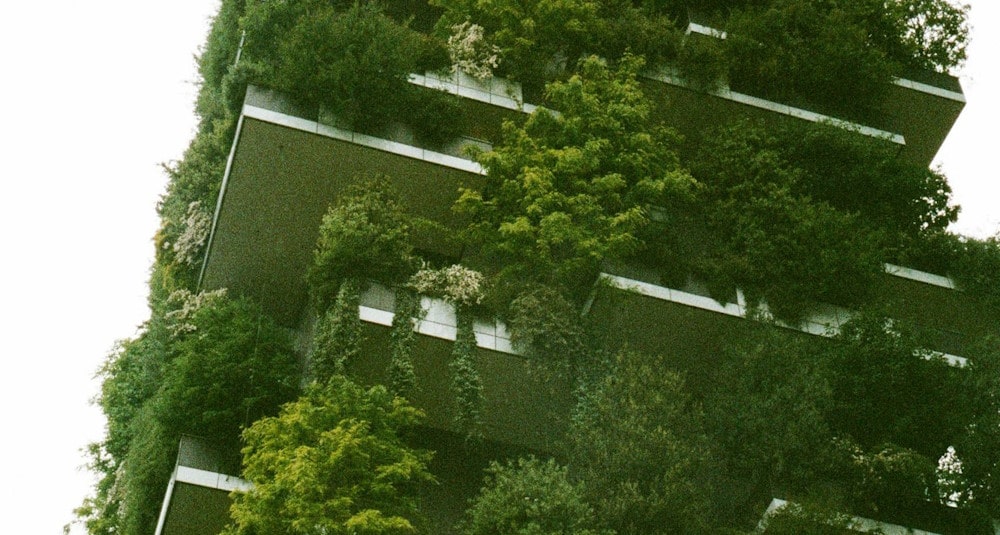
CO2 Level
Plants convert CO2 into O2, luckily for us, as we need oxygen to stay alive. Placing a CO2 sensor amongst your plants will give you a better idea of the amount of CO2 reduced by your wall via photosynthesis. The best way to compare the results is by placing another CO2 sensor in a similar location, without a vertical garden. These kinds of IoT sensors are extremely valuable for climate research, as well as companies that want to keep track of the effects of their plants.
Solar Irradiance and PAR Light (Photosynthetically Active Radiation)
Solar irradiance is a measurement that expresses the power of sunlight. Solar irradiance sensors (pyranometers) are often used to measure the potential output of photovoltaic installations. Plants also use the energy from sunlight to power their photosynthesis.
Plants do not use the full light spectrum to photosynthesise. The light spectrum beneficial to plants is called PAR (Photosynthetically Active Radiation). Thus, a PAR sensor as a means of vertical garden monitoring is a great way to keep track of how much useful sunlight your vertical garden has received, keeping you informed about its growth potential and health.
Rain and Wind
Wind might not directly impact your vertical greenery, but wind monitoring can give you a better understanding of the insulating performance of your green wall as harsh winds can impact the interior temperature of the building. Rain monitoring on the other hand might be interesting if you use collected rainwater to irrigate the plants.
Benefits of using IoT sensor devices
As you've been able to read, a plethora of sensors can be beneficial to monitor your green wall. However, these smart sensors need a sensor device or a sensor module to transfer their data measurements to. An IoT sensor device will then log these measurements to make them available to you in real-time and through historical data logs. Many sensor modules come with notifications to alert you about problems as they arise, some modules even feature an API to directly integrate the measurement data into third-party software or platforms.
A smart sensor device featuring the sensors you need will help you automate measuring the parameters that are important to your vertical garden monitoring project as well as automate the logkeeping. Additionally, it can help you detect problems with your irrigation system early on or even completely automate irrigation for you.
Many IoT sensor modules work autonomously, even at remote locations, making them ideal for green wall monitoring.
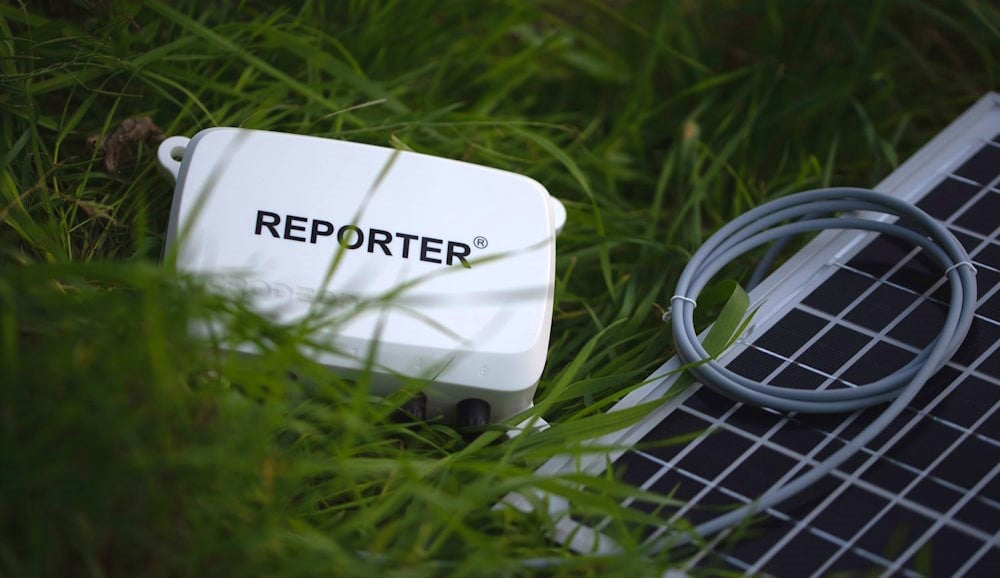
How our IoT sensor device can help
Meet Reporter, your new favourite remote monitoring sensor device. Designed to be ultra user-friendly and intuitive. Featuring plug & play sensor installation, an easy-to-use cloud platform (Crodeon Dashboard), REST API, and data transmission using the cellular network (2G/4G), all while being compatible with a small solar panel or grid power to power Reporter. The system comes with a customisable real-time alarm notification system that uses your set alarm thresholds and notifies you through your phone or email. These live alarm notifications enable you to take action as soon as possible.
Reporter has four sensor connectors to connect four (different) sensors to, to monitor your vertical garden exactly as you desire. All sensor data is available in the cloud, giving you access to your data 24/7 through an Internet browser of your choice, no custom app or software installation needed. You can view your live data or download historical logs using the csv export function.
The API and/or relay output module can help you automate the irrigation of your vertical greenery by using the sensor data from your own soil moisture monitor for plants. The soil moisture sensor even communicates when the substrate is saturated, giving you the ability to automatically shut off the irrigation and save water. PCFruit has used Reporter before to optimise irrigation in their blueberry farming project.
Muurtuin from Belgium has used Reporter to monitor their Total Value Wall and conduct research to find out just how much their vertical vegetation improved the indoor climate of the building the green wall was mounted on.

Total Value Wall
Total Value Wall by Muurtuin, is a way to filter ‘grey’ wastewater through a vertical garden while simultaneously providing extra greenery in urban environments. The layer of plants also offers thermal insulation to the occupants of the building. Crodeon was asked to provide remote sensing hardware, to monitor the effects of the Total Value Wall in several test locations in Flanders.
Founder Teun Depreeuw: “Aside from being an eye-catcher, the green wall offers many building-related advantages such as thermal and acoustic insulation, but it also filters air pollutants and the plants improve biodiversity. Furthermore, the wall solves the rising temperatures in cities caused by Urban Heat Islands (UHI).”
Using Reporter, Muurtuin measures CO2, particle matter, wind, rain and four different temperatures. As the measurements are mainly done outdoors, a weather station with solar panel was chosen instead of grid power.
Read more about this project:
A greener tomorrow
Reporter is ready to help you realise a greener tomorrow by monitoring your vertical vegetation for you! Got a question? Don't hesitate to reach out!

